Eugene Lightkeepers: Jessie and Tommy:
Rev. Jessie Cummins just graduated from United Methodist seminary in Chicago where husband Tommy was teaching in the inner city. Last fall, Jessie officiated the wedding of Amy and Erin, leading the congregation beforehand in a round of prenuptial calisthenics (you had to be there)!
They just moved to Eugene where Jessie is Associate Minister at First UMC while Mr. Tomcat is teaching at Cottage Grove H.S. They’re a one car family. Can’t say for sure why they bought a Chevy Bolt in the summer, but Jessie’s kind’ve a climate justice hooligan and we do have our Bolt and she works at a church where the church parking lot on Sunday mornings is full of EVs, hybrids and what not. So it might be that she and Tommy had a “WhatWould Jesus Drive?” moment. But they are easy converts for sure. Tommy’s commute is 22.5 miles to Cottage Grove which is a cinch anyways…but there is one fast charger at the I-5 truck stop and a few other level 2’s around Cottage Grove. They just plug into the wall every night at home and they’re fine. Everyone should have a Bolt,* especially if you have 2 cars. Reliable range is as much as 280 miles in summer and at least 190 miles in winter. Keep the light burning Eugene!
Eugene Reverend Lightkeeper: Daryl
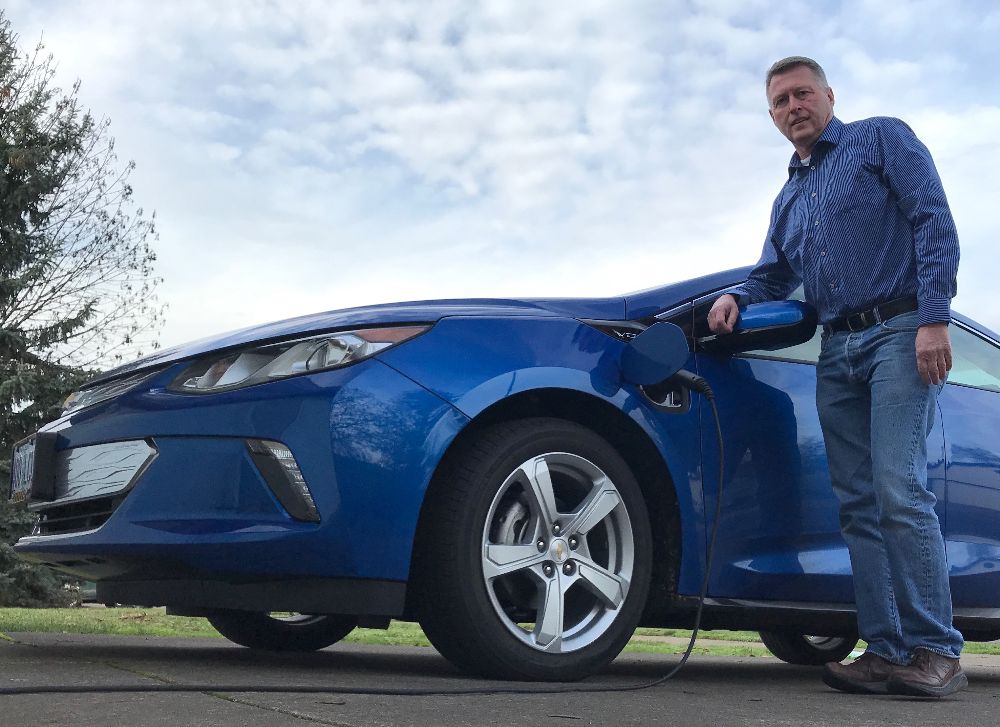
We just learned friend Daryl, the lead pastor at Trinity United Methodist Church in Eugene, has purchased a ChevyVolt*. He’s only had it a couple of months. He’s used 12 gallons of gas. On a charge he gets 55+ miles in summer, maybe 43 in winter, meaning he can drive that far on full electric. When the batteries run out, a gas-powered generator kicks in, producing electricity charging the batteries to keep the electric engine moving the car. Daryl can get virtually all his around town driving on full electric, then, on longer trips he can go anywhere with his gas fired generator. So far the car computer says he’s getting 109.8 miles per gallon! Way to go Daryl!
Boise Lightkeepers: Tim, Amanda and Abby
Nephew Tim, wife Amanda and daughter Abby live in Boise, Idaho where they have just installed a 3 kW (3,000watt capacity) system, with the 10 panels you see up there. It’s sized to generate 3,972 kWh of power per year. Their household electricity use is fairly low, with a gas furnace, water heater, and range. They could add 4.5 more panels at some point and totally cover their electrical. They are purchasing their system on a PowerPurchase Agreement. The contractor installed the system and will own it for 20 years, during which time, Tim and Amanda pay them for the power instead of the utility. At the end of the 20 year contract, Tim and Amanda will own the system.
It might make you wonder: “But won’t the panels be worn out by then?” Current studies show that new generation panels are going to perform well for at least 5o years, probably much longer. Tim and Amanda have been considering solar for a long time and now have taken the big step. Abby says they’re “cool!” Congratulations for minding the gap between what is and what can be. Way to goBoise!
Bend Lightkeepers: Joel, Laura and Jackson

Bend dwellers Joel, Laura and (GRANDSON!!!) Jackson just replaced their water heater. Though not visible as EVs or solar panels, heating H2O can consume 20%-40% of household energy. On July 12, Jackson was born into old house with old equipment (not talking about his parents). The first thing to go was the gas hot water tank. They could’ve replaced it with a newer version of the same inefficient system…at a third of the cost!!! To drastically cut energy use, bills and GHG emissions the choices include on-demand (tankless) heaters, heat pump water heaters and solar. They chose a Rinnai gas condensing (on-demand) hot water system. It is tankless so it only heats water when you are using it and you don’t have to waste energy keeping a stored tank of water constantly hot. Generations Credit Union in Olympia offers low-interest loans for purchases of energy-saving equipment including solar. J and L took advantage of this for their buy. When Jackson is a teen, taking longer showers, who knows what alternative energy devices these Lightkeepers will claim!?! Way to goBend!
Boulder Lightkeepers: Will, Andrea, Ellie and Zander!
I was just about to publish when I heard nephew Will and his family in Boulder, Colorado, just purchased a Tesla Model 3. His own words speak for themselves:
It’s supposed to get 310 miles of range, more like 225 in winter, with the heat on. Charging is really easy. My office has a charger in the parking garage, so it charges while I work once or twice a week. Owning this car has made one thing very clear. Electric cars are not only better for the environment, they’re just better period. Faster, smarter, better technology, no oil changes, no stopping at gas stations, very little maintenance. As more people drive them and prices continue to come down, they are going to become WAY more popular. It makes me very optimistic about the future. We’ve come a long way from the Gizmo!
Pictured below see Will and their new purchase. Since he mentioned the GIZMO, I included our photo of me driving the 3-wheeled (30-40 mi range) unit we bought in Eugene in 1999. I drove it 36,000 miles around the city until retirement. Thanks for the shout out, Will!!!
*In this blog, you will see references to the Chevy Bolt EV and Volt, the Nissan Leaf EV and Tesla Model 3. The price tags on all these cars is similar: between $30,000 and $40,000 depending on the model and equipment you choose. Wherever you live in the U.S. there is a $7,500 federal tax credit. In Oregon, you can apply, at the time of purchase, for an additional $2,500 rebate from the Oregon Clean VehicleFund which you will receive if you own the car for two years. $10,000 worth of incentives is worth taking a look at. The average EV on Oregon’s electric power mix produces fewer global warming emissions than any gasoline-powered vehicles on the road—equivalent to a 75 mpg gasoline car, according to a Union of Concerned Scientist analysis in 2015. As Oregon continues to transition to cleaner sources of electricity (thanks to last year’s coal to clean bill) the climate advantages of EVs will only increase. The Oregon Department ofEnergy figures driving a gas-powered car in Oregon costs (ave.) $946/year. Driving an EV costs $343…annual savings of $600. It sounds like the State ofColorado has even more incentives at this time.

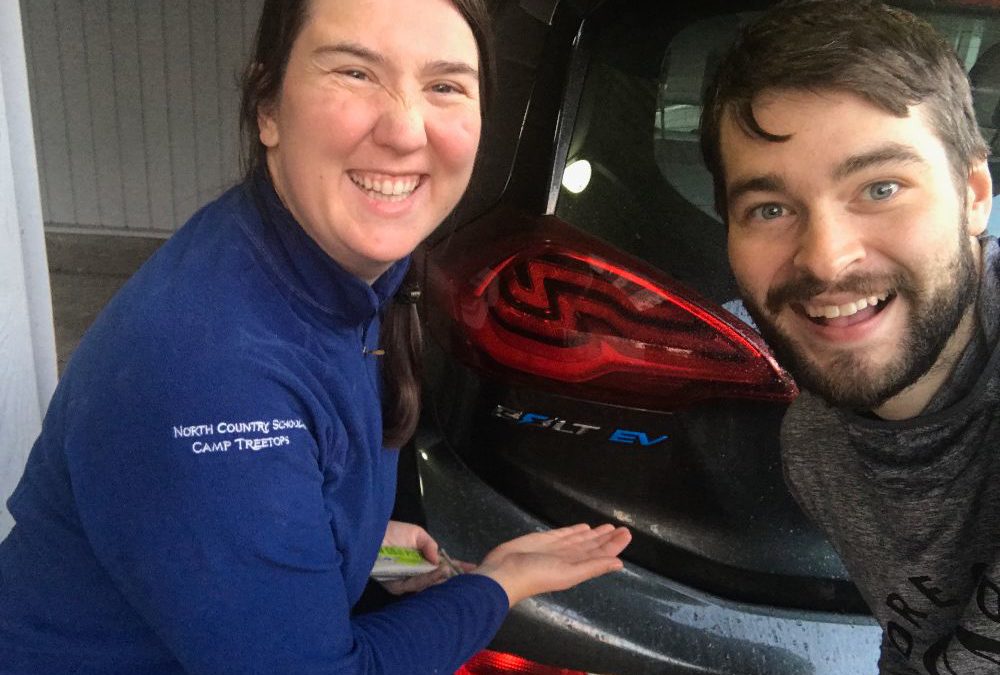
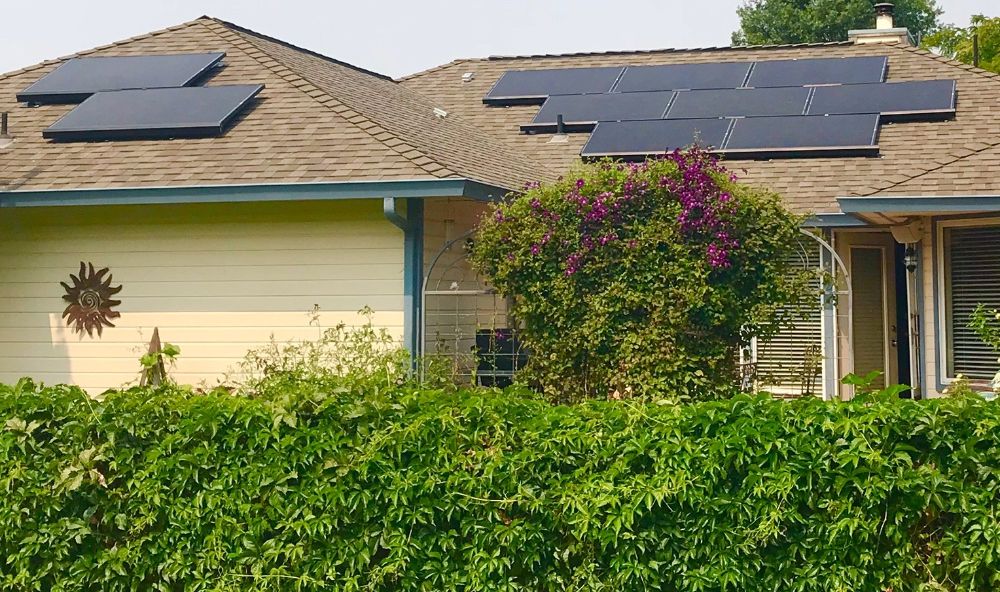
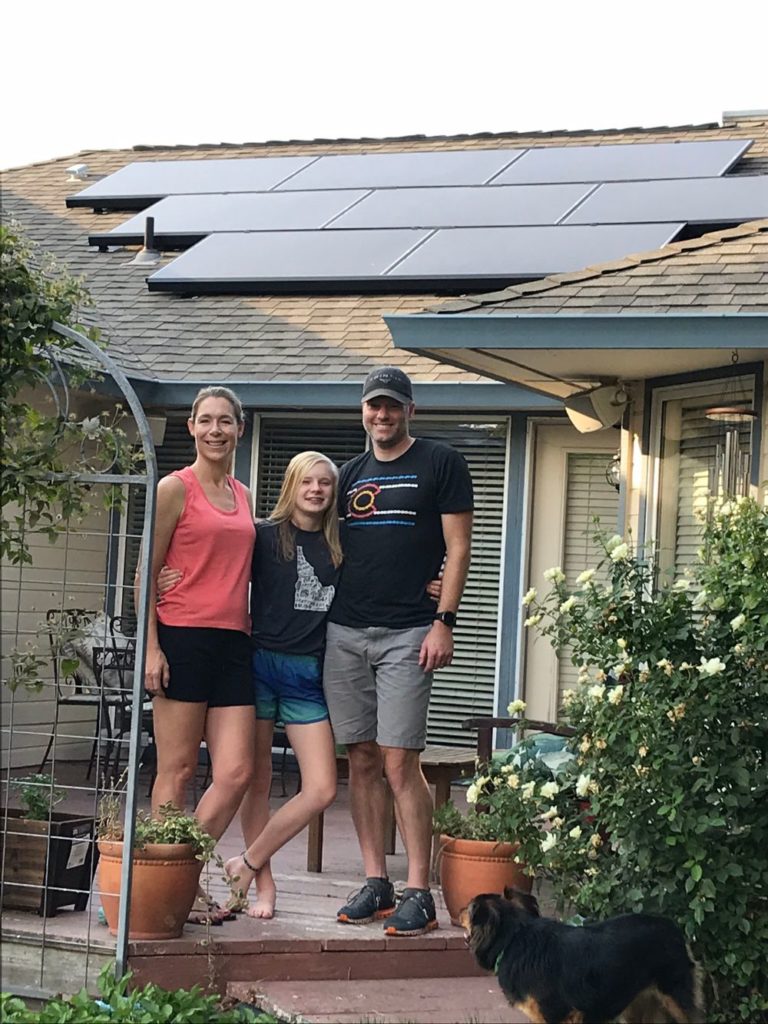


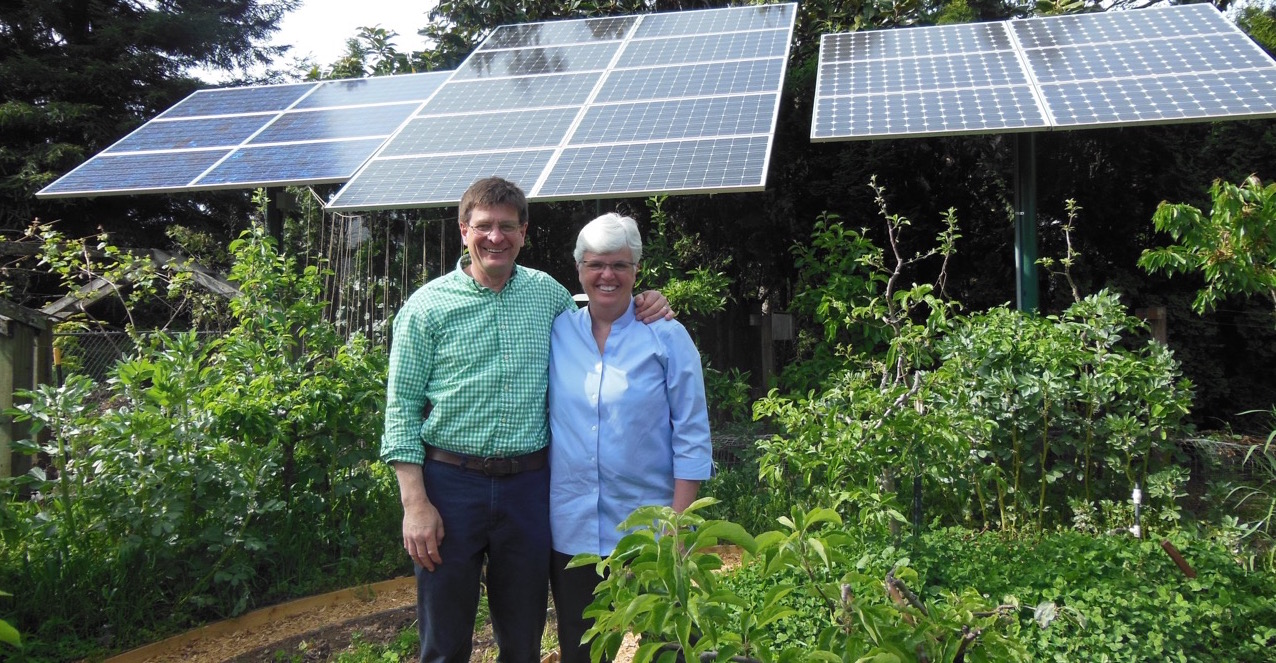






We have a 3-year lease on an all-electric Ford Fusion. It’s Kathy’s commute car and she loves it! Recharging with 120-volt charger is enough.
We went to the Messiah Sing-Along at First UMC, Eugene and parked our Bolt next to a Leaf. I remarked to my husband that maybe it’s time for the Toaster Church to install an electric car charger, but now it occurs to me that the charger would often be occupied! Even though we are not serving churches, add us to the flock (conference?) of UMC preachers in Eugene driving, and loving, our electric cars.
We traded in our 2015 Volt when the lease expired and now have a 2018 Volt which gets up to 50 miles on a charge in the summer, 48 in the winter! No maintenance. We love the car and are seeing more Volts on the road these days. I understand that space can be an issue for families with kids and pets. They need to make EV SUVs!